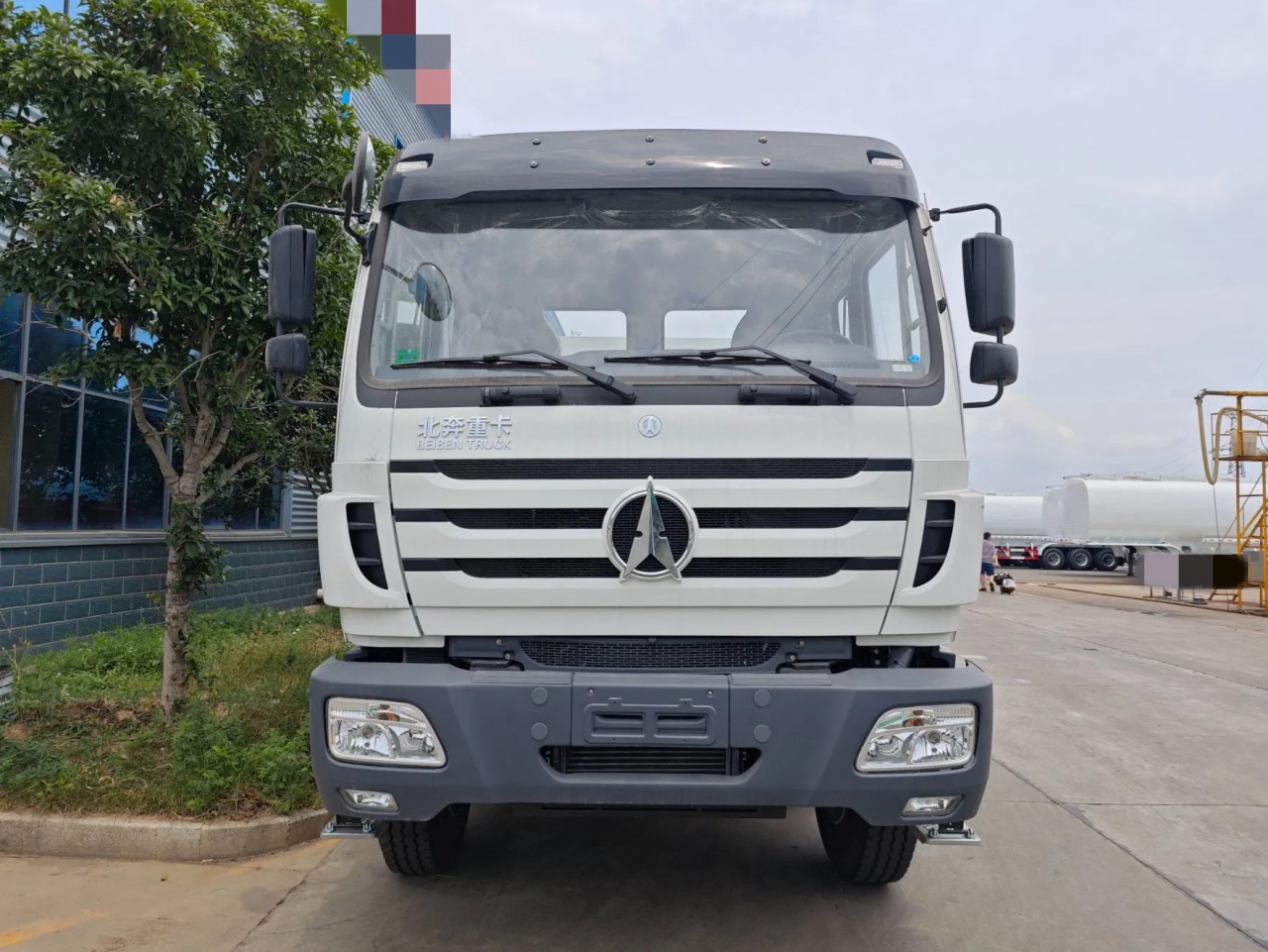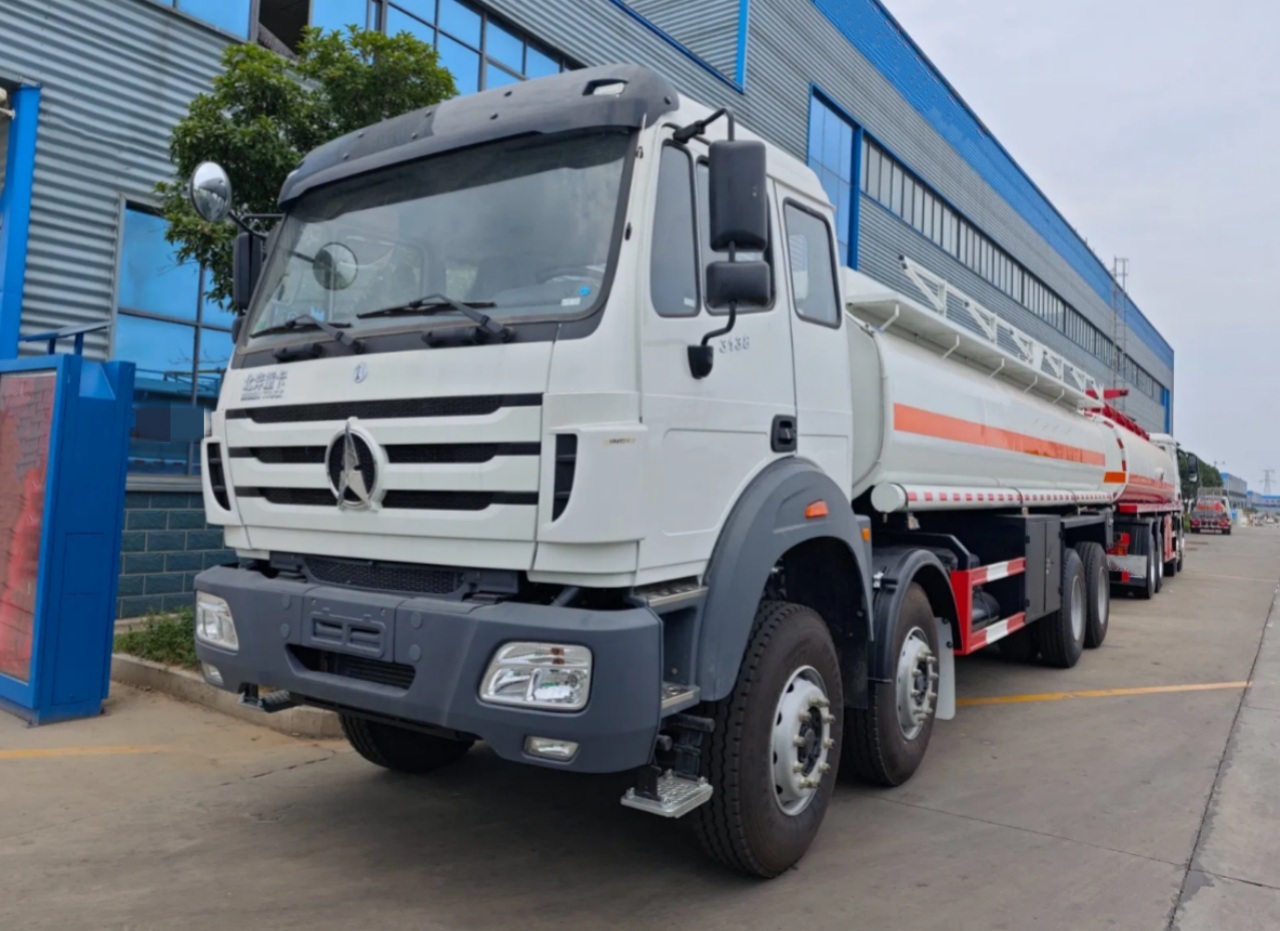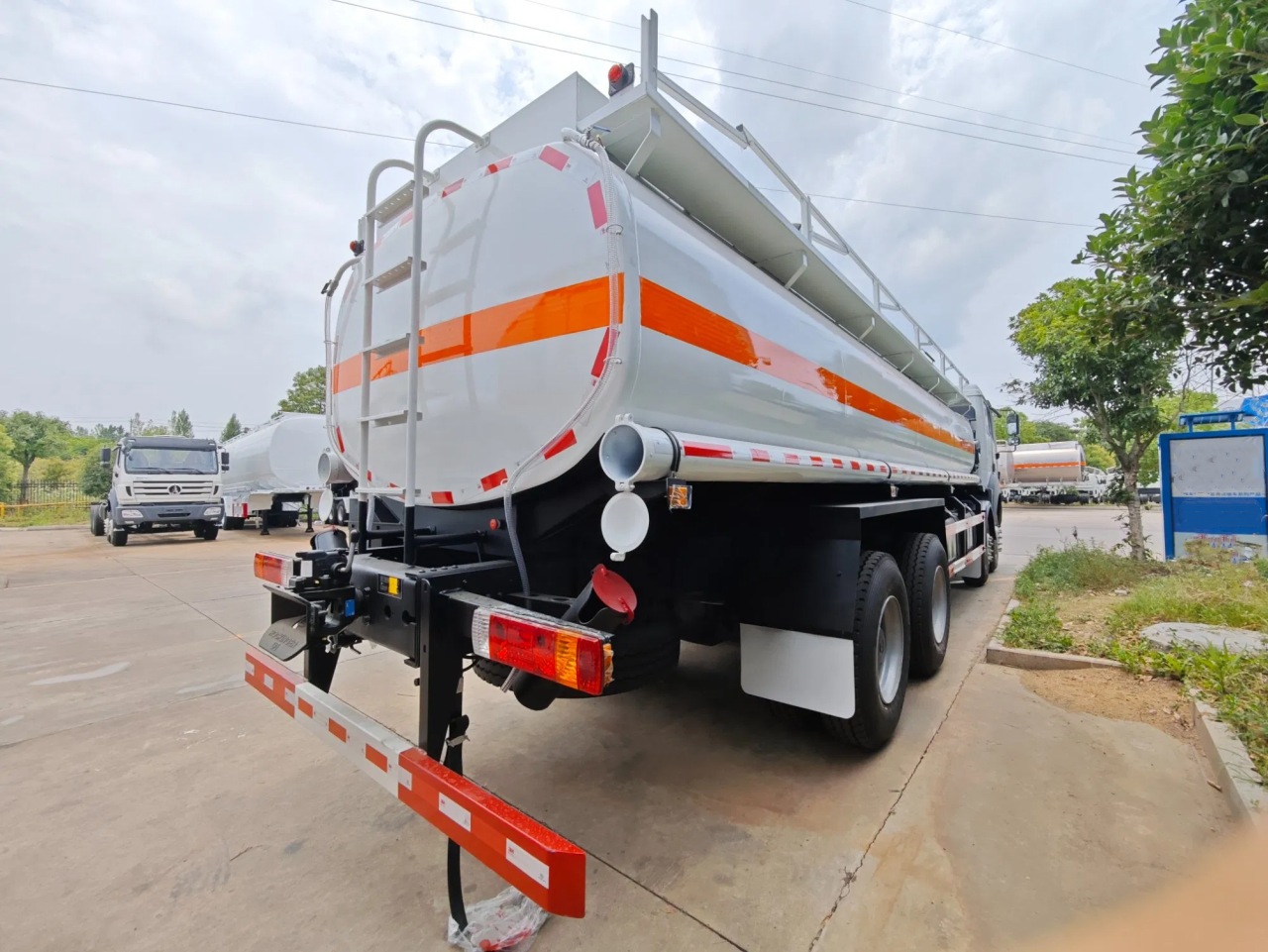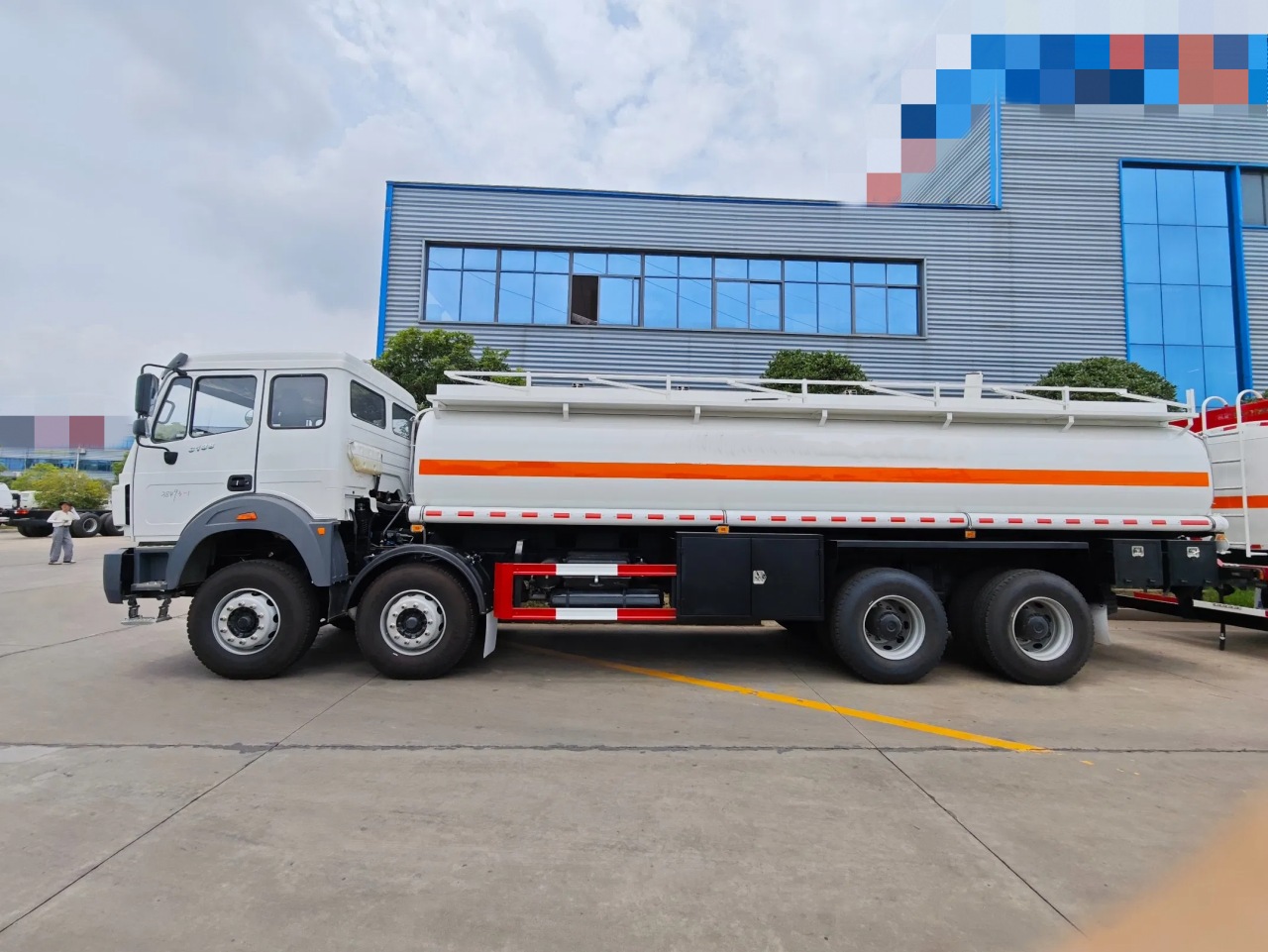When you think of a tanker lorry, you probably imagine a massive vehicle thundering down the highway, its large, cylindrical tank gleaming in the sun. But just how big is a tanker lorry? The answer depends on what the tanker is designed to carry, local regulations, and whether we’re talking about the truck alone or the truck and trailer together. In this article, we’ll break down the dimensions, capacities, and types of tanker lorries you’ll commonly find on the roads today.
What is a Tanker Lorry?
A tanker lorry — sometimes called a tank truck — is a motor vehicle designed to carry liquids, gases, or powders in bulk. These vehicles are a critical part of industries ranging from fuel distribution and agriculture to chemical manufacturing and food transportation. Because they must safely carry heavy, sometimes hazardous, cargo, tanker lorries are built to strict engineering standards, and their size reflects the demands of their specific application.

Typical Dimensions of a Tanker Lorry
No single “standard” size for a tanker lorry that varies based on design, usage, and country-specific regulations. However, general size ranges are fairly consistent worldwide:
- Length: Most full-size tanker lorries are between 10 to 18 meters (33 to 59 feet) long. Smaller rigid tankers (where the tank is fixed to the truck chassis) may be closer to 10 meters, while articulated tanker lorries with a separate trailer can extend up to 18 meters or even more.
- Width: Tanker lorries typically have a width of 2.5 meters (8.2 feet), which is the maximum legal width for road vehicles in many countries.
- Height: The height often falls between 3.5 and 4 meters (11.5 to 13 feet), depending on the chassis and tank design.
These measurements ensure the vehicle can navigate roads, bridges, tunnels, and loading facilities while maximizing carrying capacity.
How Much Can a Tanker Lorry Carry?
Just as the size varies, so too does the capacity. Capacity is usually measured in liters, gallons, or cubic meters, depending on the cargo type.
Here’s a rough breakdown:
- Small tankers: These have a capacity of 5,000 to 10,000 liters (1,320 to 2,640 gallons) and are often used for local deliveries, such as fuel to gas stations or water for rural areas.
- Medium tankers: Carry 15,000 to 20,000 liters (3,960 to 5,280 gallons) and may deliver heating oil, milk, or other bulk liquids across regional distances.
- Large tankers: Full-size articulated tankers can transport 30,000 to 40,000 liters (7,920 to 10,570 gallons) or even more, depending on axle limits and road regulations. These are the ones most often used for transporting gasoline, chemicals, or industrial water.
Specialized tankers, such as those carrying compressed gases, may have slightly different capacities due to the pressurized nature of the cargo.

Factors That Affect the Size of a Tanker Lorry
Several important factors influence how big a tanker lorry can be:
1. Type of Cargo
The cargo plays a major role. For instance:
- Petroleum tankers need to be large and efficient for long-haul distribution.
- Food-grade tankers carrying milk or edible oils may require sanitary stainless-steel tanks with specialized insulation.
- Chemical tankers often have smaller individual compartments to separate incompatible substances.
2. Road Regulations
Countries enforce maximum dimensions and weights for road safety. For example:
- In the European Union, the maximum gross vehicle weight for a 5-axle tanker is typically 40 tonnes (88,000 pounds).
- In the United States, a typical tanker lorry might have a gross vehicle weight of up to 36 tonnes (80,000 pounds) unless it is operating under a special permit.
Some countries also regulate how much of a specific hazardous substance can be transported at once, which affects tank size.
3. Tank Design
Tanker tanks come in different shapes: cylindrical, elliptical, and “D” shaped. The choice of shape affects the lorry’s center of gravity, aerodynamics, and capacity. A more aerodynamic tank may allow for longer tanks without sacrificing vehicle stability.
4. Number of Compartments
Many tankers are divided into compartments inside the tank, allowing them to carry different types of products at once or to reduce liquid surge (movement of the cargo that could destabilize the vehicle). Each compartment can be individually filled and emptied, impacting overall tank size and design.
Specialized Tanker Sizes
While the above refers to general tankers, there are also specialized types that differ in size:
- Cryogenic Tankers (for transporting liquefied gases at very low temperatures) are often slightly smaller due to insulation thickness.
- Dry Bulk Tankers (for transporting cement, flour, or other powders) have larger tank diameters but shorter overall lengths.
- LPG Tankers (for propane and butane) must be heavily reinforced and may be shorter but thicker in diameter.

Visualizing the Size
To put it into perspective:
- A small tanker lorry is about the length of a standard city bus.
- A full-size articulated tanker is about the length of 2 pickup trucks end-to-end.
These vehicles need wide turning radii and reinforced braking systems to handle their size and weight safely, especially when navigating urban or industrial environments.
Conclusion
In simple terms, a tanker lorry is very big, but its exact size can vary depending on what it’s carrying, where it’s traveling, and how it’s built. A full-size articulated tanker can be up to 18 meters long and carry over 30,000 liters of liquid, while smaller rigid tankers might be much shorter and carry only a fraction of that.
Understanding the size and capacity of tanker lorries is essential not just for the logistics companies operating them but also for engineers designing roads, for emergency responders planning for accidents, and for anyone sharing the road with these giants. Whether hauling gasoline across countries or delivering milk to a processing plant, tanker lorries play a crucial role in modern commerce, and their impressive size reflects the heavy duty they perform every day.


